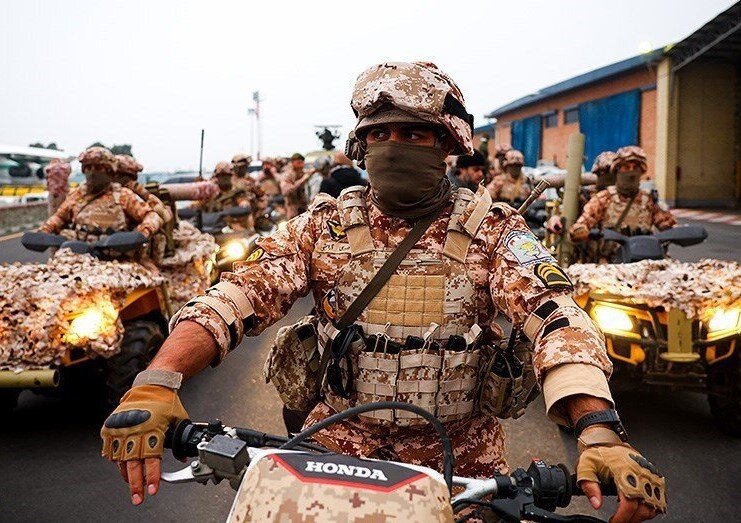New IRGC drill to prepare for potential Persian Gulf conflict, spokesman tells Tehran Times

TEHRAN – General Mohammad Hadi Sefidchian, spokesman for the Islamic Revolution Guard Corps (IRGC) ground force drills, announced to the Tehran Times that the second stage of exercises, which began in early January, will simulate combating an attack by enemy air, ground, and sea forces in the Persian Gulf.
The exercises, slated to commence shortly and continue for four days, will not be conducted directly in the Persian Gulf, instead, it will take place in southwestern Iran, General Sefidchian clarified. “This is to prevent external forces from observing tactics and strategies,” he explained.
He stated, “Iran is not seeking war. However, should a war occur, the IRGC ground forces are fully prepared and ready to defend the nation.”
The initial stage of the drill, part of broader nationwide maneuvers involving all branches of the Iranian armed forces, concentrated on countering terrorist and smuggler infiltration along Iran’s western borders. The Army (Artesh) conducted similar exercises in Iran’s eastern regions.
According to General Sefidchian, “The first stage of the drill focused on security and intelligence. The second will focus on defense. Combatting a conventional enemy force naturally requires more resources and personnel than eliminating terrorist groups. Therefore, the upcoming exercises will engage all branches of the IRGC ground forces and utilize a variety of equipment and weaponry.”
The developments come as tensions have been growing between Iran and the United States over a host of issues, including Israel, Iran’s nuclear program, and Washington’s attempts to stymie Tehran’s oil sales. Analysts believe the risk of a direct confrontation in West Asia could be high if U.S. President Donald Trump goes overboard in pressuring Iran to limit its nuclear and military capabilities, demands Iran says would forever be off the table.
While he did not mention the current state of escalating tensions, General Sefidchian said Iran takes any threat against its security seriously. “In our case, for instance, the ground forces are simulating all potential scenarios that we may one day face in combat with the enemy.”
The drill will involve weaponry such as tanks, missiles, anti-armor vehicles, micro aerial vehicles (MAVs), kamikaze drones, and reconnaissance drones, the military official noted. He further explained that operations would include demolition operations, air drop operations, parachute operations, and air assaults.
General Sefidchian particularly highlighted the importance of an upcoming simulated night raid, stating, "Fighting in the dark is significantly more complicated than during the day. Our forces will practice fending off an extremely heavy night raid."
The ongoing nationwide drills in Iran have so far involved various branches of the IRGC, Artesh, and Basij, among others. Air defense units notably practiced intercepting bunker-buster bombs over Iranian nuclear sites at multiple locations in the country.
The Navy also garnered attention during its exercises, unveiling two underground military bases housing numerous weapon-equipped fast-attack craft and advanced missiles along the Persian Gulf and the Gulf of Oman. In an interview with the Tehran Times, IRGC Navy Commander, Brigadier General Alireza Tangsiri, said the entirety of Iran’s southern coasts are home to such underground bases.
Leave a Comment